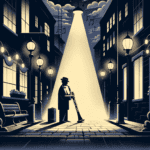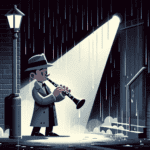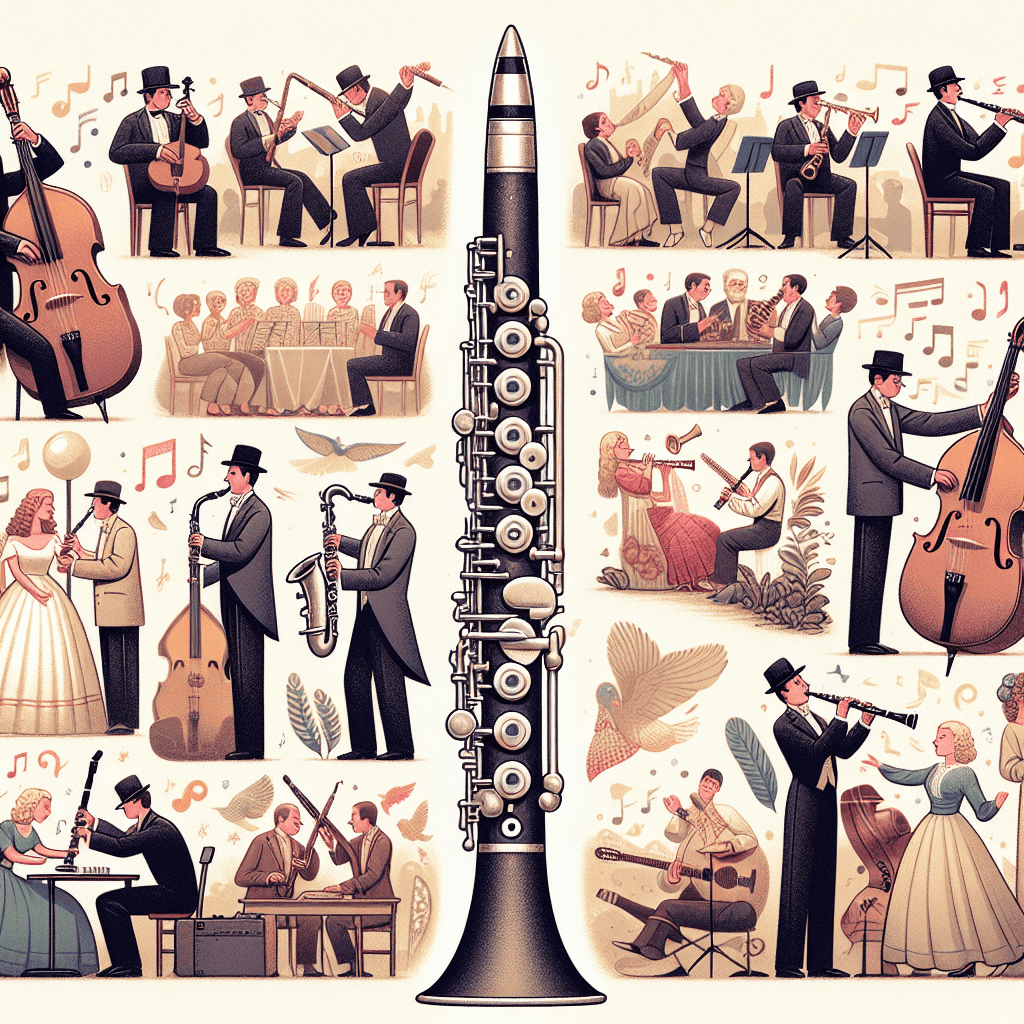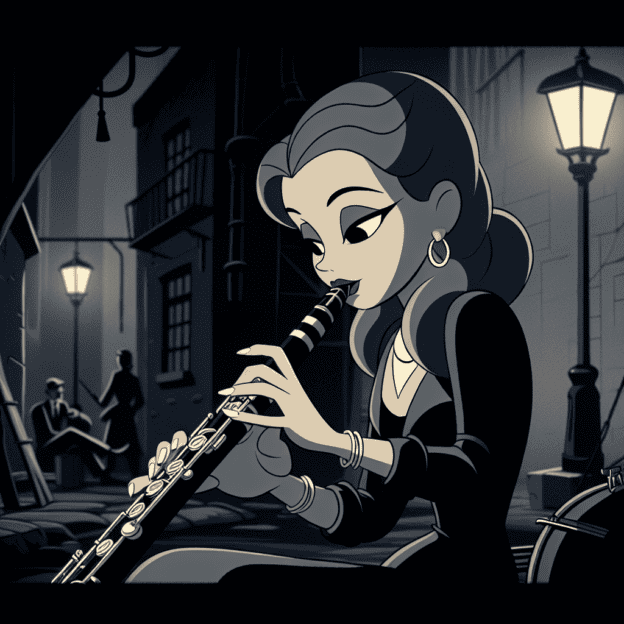The Clarinet in Film Noir: Setting the Scene
The clarinet plays a significant role in film noir soundtracks. Its smooth, slightly melancholic sound conveys a range of emotions, adding depth to the dark and moody atmosphere that defines this unique cinematic style. Let's explore the interplay between the clarinet and the film noir genre, while appreciating the exceptional quality of Martin Freres clarinets and their place in this musical landscape.
Film noir emerged as a distinct style in the early to mid-20th century, characterized by complex characters, moral ambiguity, and stylistic visuals. Within this aesthetic, the music is vital in setting the scene and enhancing the overall storytelling experience. This is where the beloved clarinet takes center stage!
Why is the clarinet so well-suited to the film noir atmosphere? Its warm and haunting timbre perfectly evokes feelings of suspense, longing, or melancholy. Imagine those soft, low clarinet notes creeping into a tense moment on screen – it sets the perfect mood for the viewer.
Iconic Film Noir Soundtracks Featuring the Clarinet
One of the most notable clarinet compositions in film noir is found in the soundtrack of “Double Indemnity” (1944). Composed by Miklós Rózsa, the score features the clarinet gliding through scenes of intrigue and deceit. The instrument pairs beautifully with the string sections, creating layers of tension that captivate the audience. Such masterpieces demonstrate how composers use the clarinet to elevate the cinematic experience.
| Film | Year | Composer | Notable Clarinet Use |
|---|---|---|---|
| Double Indemnity | 1944 | Miklós Rózsa | Gliding through scenes of intrigue |
| The Maltese Falcon | 1941 | Adolph Deutsch | Complementing shadowy visuals |
| Psycho | 1960 | Bernard Herrmann | Evoking tension and unease |
| Sunset Boulevard | 1950 | Franz Waxman | Capturing nostalgia and loss |
Another iconic film is “The Maltese Falcon” (1941). Composer Adolph Deutsch's score incorporates the clarinet in a way that perfectly complements the film's shadowy visuals. The clarinet maintains a sense of mystery and suspense, propelling the narrative with its rich tonal qualities.
The Clarinet's Unique Characteristics in Film Noir
It's not just the solo performances of the clarinet that stand out; its interaction with other instruments truly defines the experience. The flexibility and character of the clarinet allow it to blend seamlessly with others, amplifying the eerie undertones found in many film noir scores.
The historical significance of the clarinet in film noir goes beyond musical arrangements; it also reflects composers' innovative spirit and dedication to capturing the emotional depth of their narratives. Notable composers like Bernard Herrmann, known for his work on “Psycho” (1960), used the clarinet to evoke feelings of tension and unease, leaving a lasting impact on the genre.
The Role of Martin Freres Clarinets
Interestingly, musicians often favor instruments like the Martin Freres clarinet for their exceptional playability and tonal quality. This brand is appreciated for its ability to produce outstanding sound, which is crucial for complex scoring in film.
When a composer is writing a tense score or a somber theme, the clarinet's unique range adds depth, enhancing the moods established in film noir. Additionally, the clarinet's ability to execute rapid, flowing melodies makes it an excellent choice for exhilarating chase sequences, heightening the drama unfolding on screen.
It's important to note that not every clarinet on the market is equal. The careful craftsmanship behind Martin Freres clarinet models ensures that musicians can achieve superior sound quality. The choice of materials, construction techniques, and overall design work together to create instruments that resonate beautifully. This underscores the importance of quality instruments in serious cinematic compositions.
The Clarinet's Lasting Impact in Film Noir
As we celebrate the significant impact of the clarinet in film noir soundtracks, we can't overlook famous scenes that have left a permanent mark on cinema. Iconic films like “Sunset Boulevard” (1950) used the clarinet brilliantly, casting an enchanting spell over audience members as the story of a forgotten actress unfolds against a backdrop of suspense and intrigue. The clarinet interjects moments of nostalgia and loss, capturing the bleakness and desperation woven into film noir storytelling.
With the evolution of film and musical styles over the decades, the clarinet's role has continued to be referenced in contemporary soundtracks. Modern composers are revisiting the rich sonic vocabulary established during the golden age of noir, further cementing the clarinet's place in cinematic music history.
Conclusion
To sum up, the clarinet's ethereal sound and versatility offer composers an invaluable tool for infusing their work with emotional depth. As we explore the captivating world of clarinet in film noir soundtracks, we continue to appreciate the artistic expression and musical innovation that brings stories to life on the silver screen.







